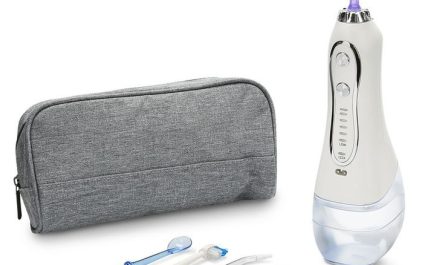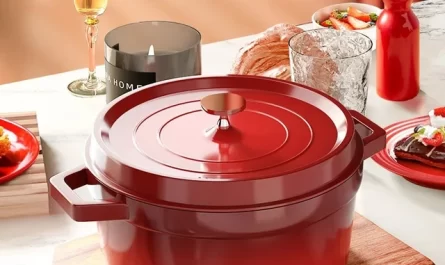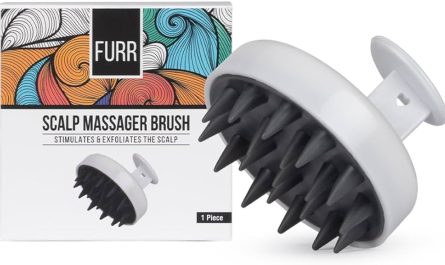Overview of Toothbrush Types and Their Effect on Oral Health
Does an electric toothbrush clean better? When it comes to oral hygiene, toothbrushes are a top tool. Both manual and electric toothbrushes have their place in maintaining dental health. The American Dental Association (ADA) says both types can clear away plaque that leads to decay and disease. Electric toothbrushes use rotating or vibrating bristles to boost cleaning. This action can reach plaque even in tricky spots. However, manual toothbrushes are no less when used right. They’ve kept smiles healthy for years. The key to oral health with any toothbrush comes down to correct use and regular brushing.
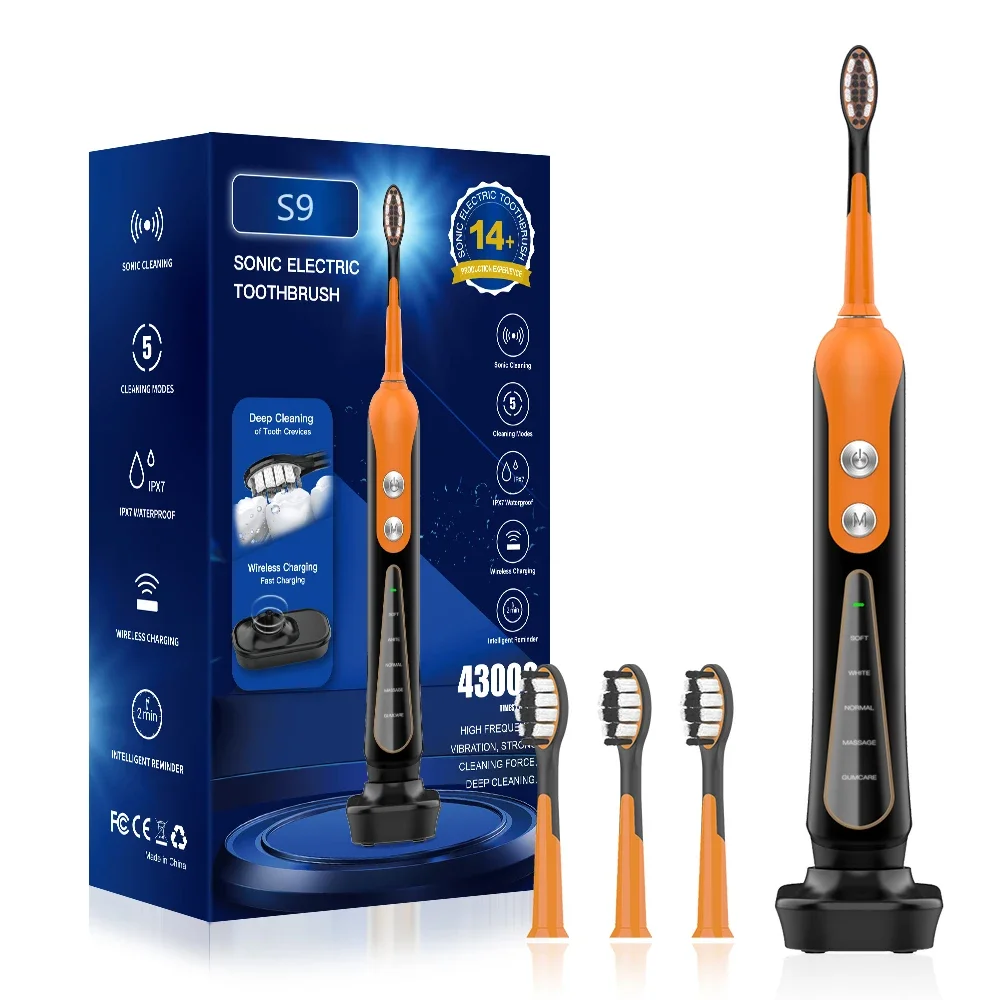
It’s crucial to pick the right toothbrush for your mouth. Be sure to choose soft bristles, as the ADA suggests. Whichever toothbrush you prefer, pair it with proper techniques to keep your teeth clean. Remember to switch your toothbrush or its head every three to four months. This ensures the bristles work well in keeping your mouth fresh and free from harmful plaque.
Electric Toothbrushes: A Closer Look at the Benefits
Efficiency in Plaque Removal
Electric toothbrushes are designed for superior plaque removal. Studies have shown they generally outperform manual brushes in keeping teeth free from plaque. Their rotating or vibrating bristles make more contact points, effectively disrupting plaque even in hard-to-reach areas.
Benefits for People with Limited Mobility
For those with mobility issues, such as arthritis or carpal tunnel, electric toothbrushes can be a game-changer. With movements automated, brushing becomes less strenuous, allowing comfortable and thorough cleaning. This eases the daily routine for individuals facing such challenges.
Built-in Timers and Pressure Sensors
Many electric toothbrushes have smart features, like timers, to ensure you brush for the ADA-recommended two minutes. Pressure sensors can also prevent you from brushing too hard, protecting your gums and enamel from damage.
The Kids’ Perspective: Making Brushing Fun
For kids, electric toothbrushes might be more fun. They often feature characters and lights, which can make brushing a more exciting and habit-forming activity. As kids enjoy brushing, they’re likely to adopt good oral habits early on.
Safety and Oral Health Maintenance with Orthodontic Appliances
Electric toothbrushes are particularly beneficial for those with braces or other appliances. They streamline the brushing process, easing the cleaning of brackets and wires and maintaining oral health throughout orthodontic treatment.
Drawbacks of Electric Toothbrushes
While electric toothbrushes provide several benefits, they come with some downsides.
Cost Considerations
Electric toothbrushes can be costly up front. Prices vary, each with different features and price points. You may face higher costs over time for electric models compared to manual ones.
Replacement Brush Heads and Their Availability
Finding the correct replacement heads can be tricky. Not all stores carry every brand, and some may not have the model you need. Online shopping is an option, but that doesn’t help if you need a new head immediately.
Vibration Sensation and Messier Experience
The feeling of vibration can be unpleasant for some. Electric toothbrushes can also cause more saliva movement, which might get messy during use. It’s important to consider personal comfort with the sensation and neatness of brushing when choosing an electric toothbrush.
Advantages of Manual Toothbrushes
Manual toothbrushes offer several key advantages over their electric counterparts.
Availability and Accessibility
You can find manual toothbrushes everywhere. From grocery stores to gas stations, they’re readily available. You don’t need power to use them, making them perfect for travel or emergencies.
Affordability and User Familiarity
Most people are familiar with manual toothbrushes. They are also very affordable, often costing a dollar or less. The simplicity and low cost make them a popular choice for maintaining oral hygiene without a hefty price tag.
Potential Disadvantages of Using Manual Toothbrushes
While manual toothbrushes offer simplicity and accessibility, they come with certain risks and limitations.
Risk of Brushing Too Hard
One of the challenges with manual toothbrushes is the tendency to brush too hard. This aggressive brushing can damage gums and enamel. It can lead to sensitivity and receding gums. Users must be cautious to apply gentle pressure during their routine.
Lack of Built-in Timers
Manual brushes lack timers. It’s tough to track brushing time without them. This can lead to insufficient cleaning. Users might not brush for the full two minutes that dentists recommend. Consider using a separate timer to ensure thorough brushing. This can be a standard kitchen timer or a smartphone app.
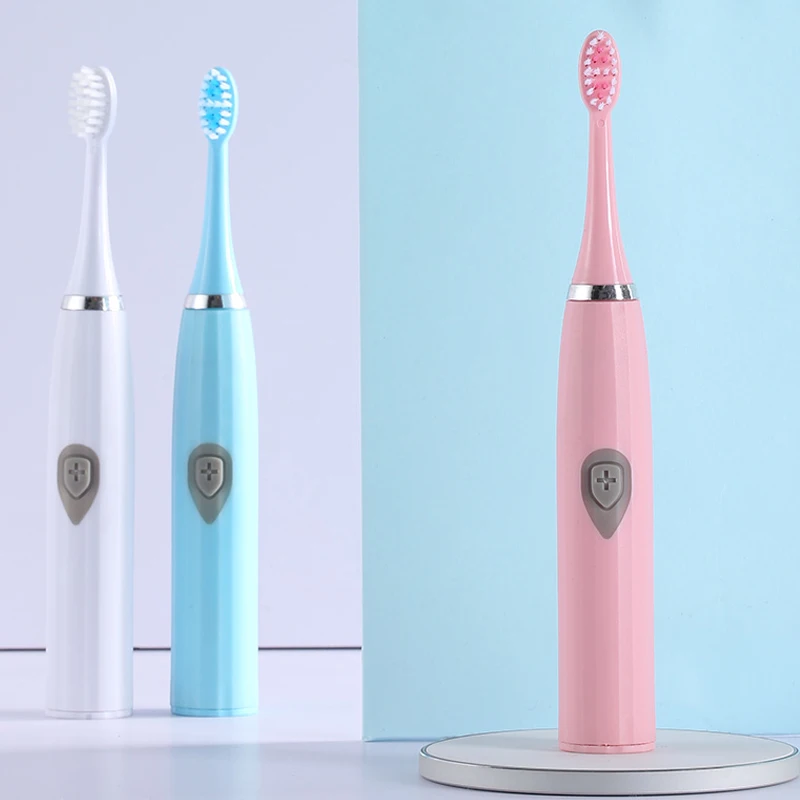 When to Replace Your Toothbrush: Electric vs. Manual
When to Replace Your Toothbrush: Electric vs. Manual
Maintaining your toothbrush is crucial for dental health. The American Dental Association recommends a new toothbrush every three to four months. Worn bristles can’t clean teeth well, leading to more plaque and a risk of gum disease. Let’s compare the replacement needs of electric and manual toothbrushes.
Electric Toothbrush Replacement
For electric toothbrush users, replacing the head is often enough. No need to change the entire device. Look for signs of bristle wear or fading indicators. Keep spare heads at home to avoid any delay in replacement.
Manual Toothbrush Replacement
Manual toothbrushes don’t have removable heads. Replace the whole brush when bristles fray or every few months. Don’t wait for visible wear. An old toothbrush can house bacteria and reduce cleaning effectiveness.
Changing your toothbrush at the right time helps keep your mouth clean and healthy. It’s a simple step that goes a long way in your oral hygiene routine.
Toothbrushing Techniques and Best Practices
Regardless of your toothbrush type, technique is key. Here’s how to brush the right way.
Choose the Right Toothbrush
Start with a toothbrush that fits your mouth and has soft bristles. The ADA advises soft bristles to prevent damage to your gums.
Apply the Right Amount of Toothpaste
Use a pea-sized dollop of fluoride toothpaste. This is enough to clean your teeth effectively.
Correct Brushing Angle
Tilt the brush at a 45-degree angle against your gums. Then, sweep or roll the brush away from the gum line.
Gentle Motion
Use gentle, short strokes. Focus on a few teeth at a time. Make sure to reach the backs of your teeth.
Clean All Surfaces
Brush all surfaces of each tooth. Include the outer, inner, and chewing surfaces in your routine.
Don’t Rush
Spend at least two minutes brushing. This ensures you clean every tooth surface thoroughly.
Finish with a Rinse
After brushing, spit out the toothpaste. Then, rinse your mouth with water to remove any leftover plaque.
Brush Twice a Day
Brush in the morning and before bed. This will reduce plaque buildup and the risk of gum disease.
Replace Your Toothbrush Regularly
Whether manual or electric, replace your toothbrush every three to four months or sooner if the bristles are frayed.
Consider Timing
If you use an electric toothbrush, let it do the work. Do not scrub hard as it may harm your gums.
Clean Your Toothbrush
After brushing, rinse your toothbrush with water and store it upright to air dry. Keeping it clean prevents bacteria growth.
By following these simple but effective techniques, you ensure that ‘does an electric toothbrush clean better’ becomes a matter of preference rather than necessity, maintaining optimum oral health either way.
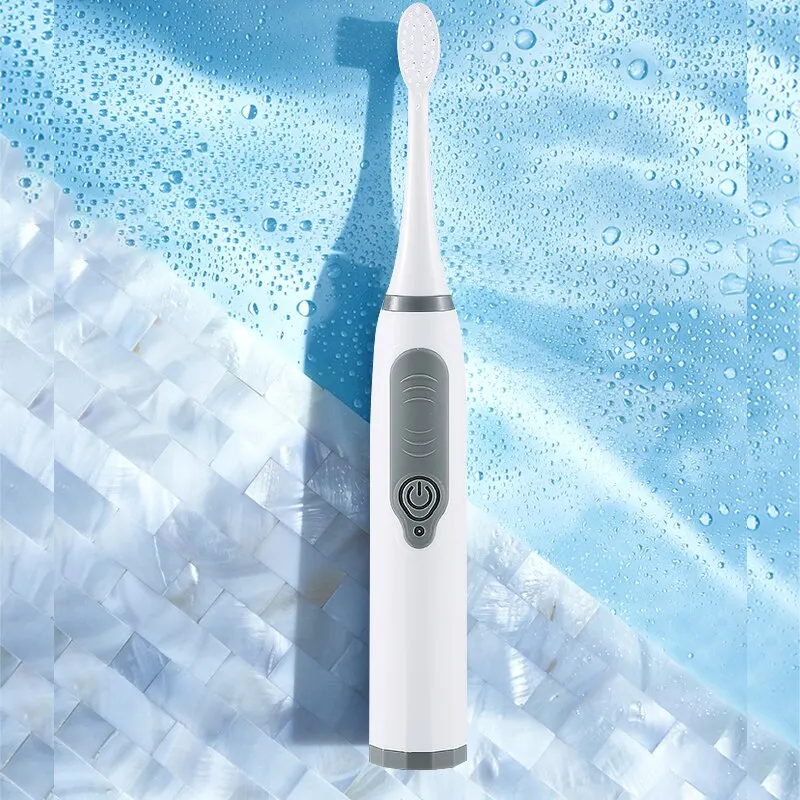 Conclusion: Does an Electric Toothbrush Clean Better?
Conclusion: Does an Electric Toothbrush Clean Better?
In summary, the evidence supporting electric toothbrushes as superior cleaning tools compared to manual brushes is robust and compelling. Studies reveal that they significantly reduce plaque and gingivitis, address user compliance through enhanced features, and encourage longer brushing sessions. While considerations regarding costs and individual preferences exist, the overarching conclusion leans favorably toward electric models for better oral care. Therefore, when asking the question, “Does an electric toothbrush clean better?” the general consensus leans toward a resounding yes. Making the switch could very well be a step towards improved dental health and a brighter smile.

